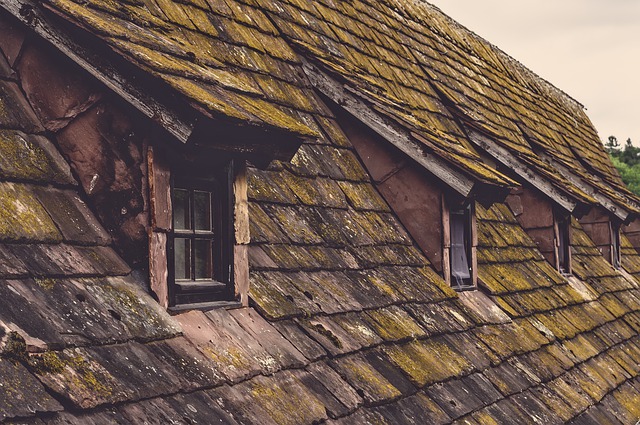Is your roof worn out? You might not think about it at first, but how can you confirm it? Have you checked for signs of roof damage? Do you even know how to check for roof damage? Roof damage isn’t something you want to ignore.
Damages with your roof can cause costly repairs to add up. You’ll need new shingles, hire roof professionals, and much more. Waiting for the problem to present itself gives the damage time to grow and worsen. In some cases, you’ll even be faced with expensive roof and interior damage repairs if you’re not careful.
Instead of waiting for the problems to pile up, stay ahead of the problem with these six easy tips.
1. Water Leaks
This is a common roofing issue most homeowners report seeing. If your roof leaks when it rains, you need to act immediately. Sometimes, it’s hard to notice that your roof is leaking. If there are visible signs of water leaks on your roof in Laguna Beach (or anywhere else in the world for that matter), we recommend you attend to repairing the roof immediately. Even small leaks can let in moisture between the cracks. If left unchecked, the problem can spread internally into your roofing material. When this moisture expands and contracts with temperature variations, it can widen the openings in your roof. This damage spreads quickly, weakening your roof structure. The longer you wait, the worse it gets.
2. Are There Missing Roof Shingles?
After severe weather such as a storm, you may notice some shingles missing from your roof. When this happens, it can leave your roof in a vulnerable position. Typically, your roof is potentially exposed to more damage without the underneath layering that shingles provide. The missing roof shingles also make your house seem uneven and worn out. Over time, this lowers the value of your house, especially if you’re trying to sell it. While you might be tempted to apply new shingles to the patch yourself, this isn’t recommended. Chances are you’re inexperienced and will install the shingles improperly. Contact a roofing professional for help.
3. Worn Flashings
If you have installed flashing around the chimneys, valleys, rakes, or wall, they can potentially get damaged. But how do you check for any damages? If there are separations in those areas, it’s a positive sign your roof needs replacing. If the flashing closes and opens due to expansions or contractions, it can cause water to enter your home. Over time, these leaks can cause severe damages. Most homeowners don’t realize the problem until it’s too late. If you notice your flashing may be damaged, call your local roofing company. They can conduct an assessment on how extensive the damage is.
4.Check for Cracks
Shingles are prone to developing cracks and fissures. This causes roof damage that can be expensive to repair. Cracks arise from severe weather such as high winds, heavy winds, and cold temperatures. Cracks can expand and grow after a heavy rainstorm or blustery winds when cold temperatures develop in the winter months. The cold causes the cracks to expand.
Additionally, cracks can be enlarged further by water when it sinks into the cracks. Sometimes, cracks can even break off pieces of shingles, leaving patches that can damage the roof underneath. If your roof has cracks that need to be fixed, consider calling roofing experts to get the problem sorted.
5. Sagging Issues
When evaluating the value of a house, the roof is a critical determinant. If you’re planning to sell your house soon, look for any drooping or sagging signs. During an inspection, walk around your property to check every side. Sagging can indicate you have a damaged roof. When you have a sagging roof, it can also house rotting boards or trapped water. All these are signs of trouble you shouldn’t ignore. Ensure you get someone as soon as possible to repair the damages.
6. Moss and Mold

This is another sign your roof is having problems. During a roof inspection, remember to check for moss, fungi, or mold – especially in the extreme corners of your roof. Moss and mold can indicate moisture trapped in your roof. When the moisture accumulates, the mold can spread, causing expensive damages. This can also affect your family’s respiratory health. Contact a house inspector to check your soffits. When the soffits are clear of debris build-up, it can curb moisture accumulation. Make a habit of cleaning your soffits regularly.
Don’t allow the signs above to damage your roof. Get help and have the roof fixed immediately. The earlier you make repairs, the less expensive the damages will become. A well-kept roof can be the determinant factor if you decide to sell your house in the future. Conduct regular inspections to ensure your roof is in good condition. Don’t wait! Call a roofing expert today. Over to you!

